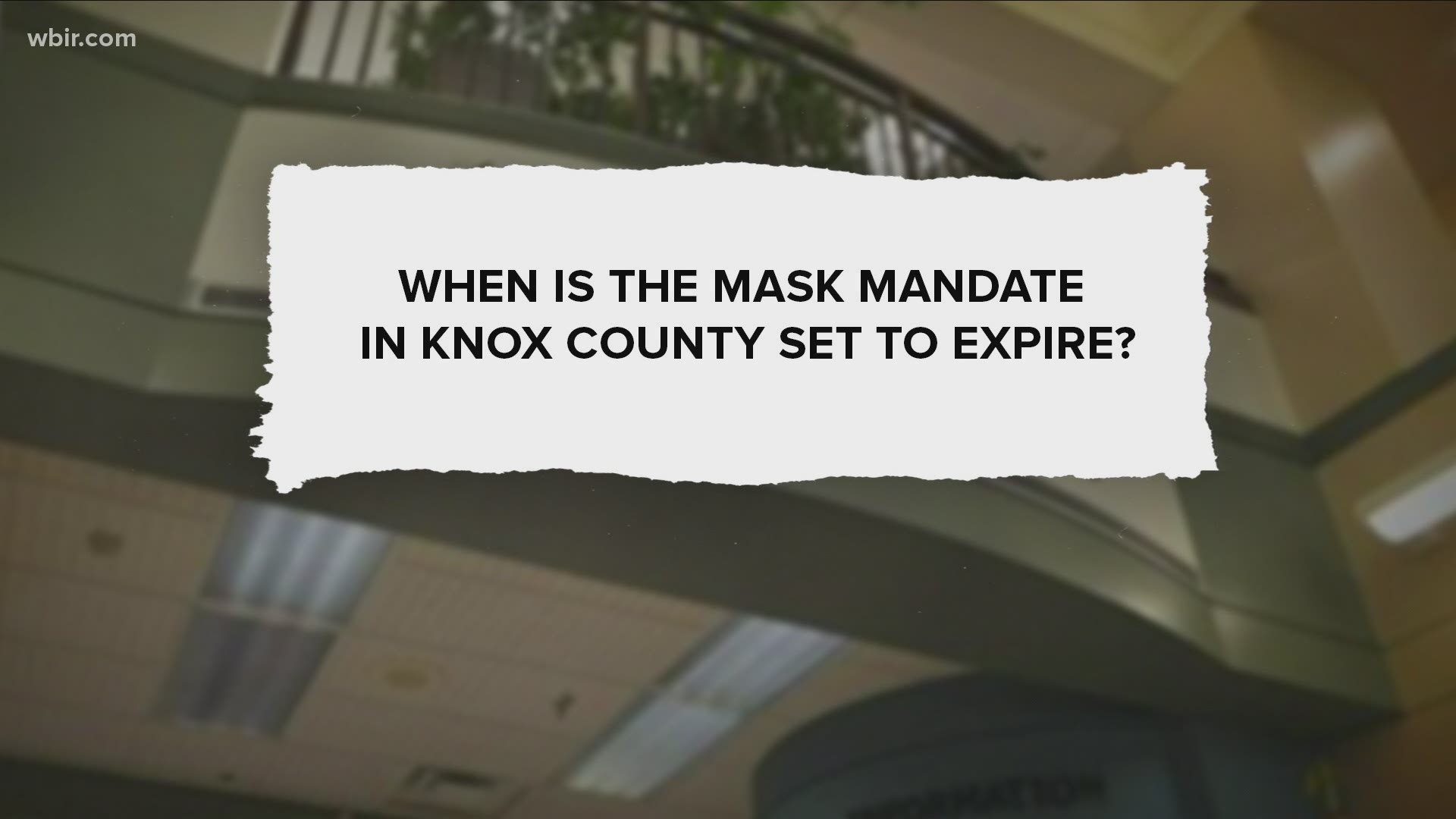KNOXVILLE, Tenn — While COVID-19 presents with a variety of symptoms, including respiratory, temperature, GI problems and loss of taste or smell, it's breathing problems that land most patients in the hospital.
Dr. Keith Gray, Chief Medical Officer of UT Medical Center and the representative for the joint operations of all the local hospitals during the pandemic, spoke at Tuesday's regular Knox County Health Dept. press conference.
Dr. Gray said that all of the local hospitals continue to work together to ensure that none of the individual systems will be overwhelmed with COVID-19 patients while they continue to treat other health issues.
He said the pandemic and hospitalizations peaked in our area from mid-July to mid-August, with some increases after Labor Day and the start of school.
He said it's been manageable so far. He praised the leadership of the Knox County Health Dept. for the actions they've taken to curb the spread of the pandemic.
"The leadership we’ve seen in our community has helped to dampen the effects of COVID as compared to other communities around the nation," he said.
He said by far, the majority of COVID-19 patients are admitted to the hospital because of respiratory problems. If giving oxygen doesn't help, that's when those patients could progress into the ICU on a ventilator.
Statewide and locally, however, health leaders have seen a decrease in patients needing critical care. It's at about 25 percent now, and Dr. Gray called that a good trend.
We have not seen a change in the ages of those who are hospitalized. Statewide, those patients are between the ages of 36-96, with an average age of 62.
Do masks cause breathing problems?
Dr. Gray said to his knowledge, no patients had been admitted because a mask had caused breathing problems.
He said sometimes it's a matter of finding the proper type of mask to wear.
One of his patients did have some respiratory problems that presented a problem with wearing a mask in the hospital. After talking with the patient, they were able to identify a type of mask with a looser weave that allowed the patient to breathe through it but still stop the respiratory droplets that can spread COVID-19.

